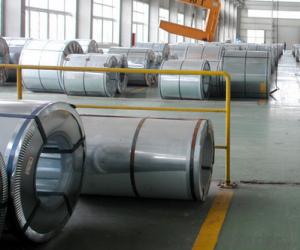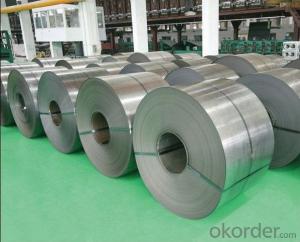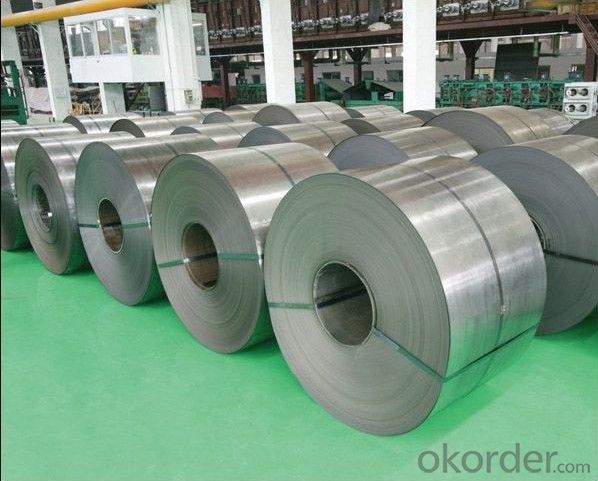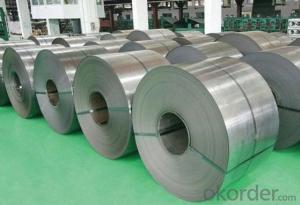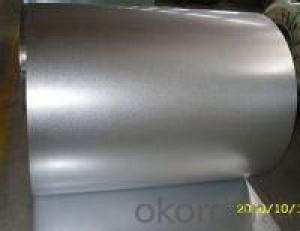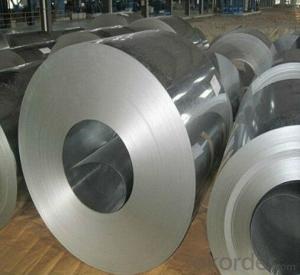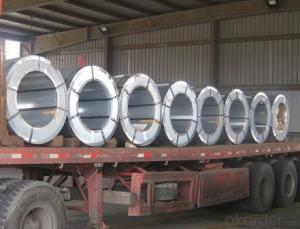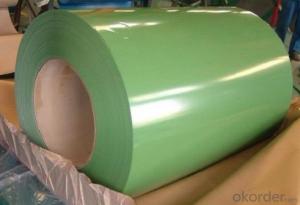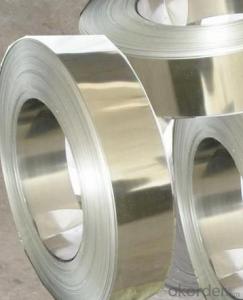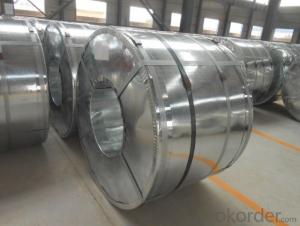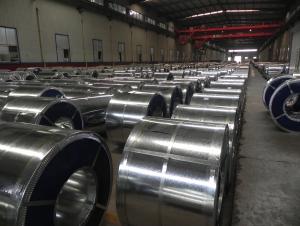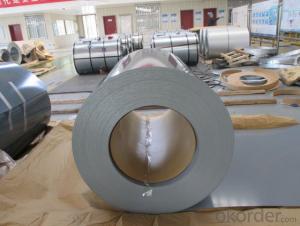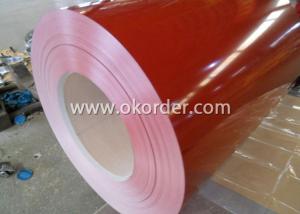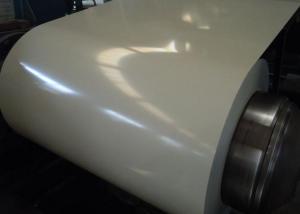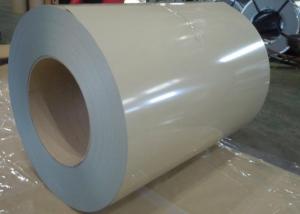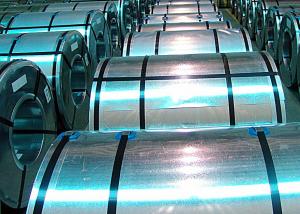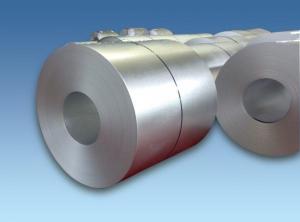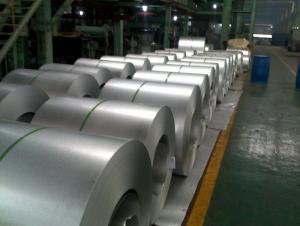Thickness: 0.15 - 2.0 mm
Technique: Hot Rolled
Application: Container Plate
Surface Treatment: Galvanized
Secondary Or Not: Non-secondary
Certification: CE
Special Pipe: Thick Wall Pipe
Alloy Or Not: Non-alloy
Section Shape: Other
Galvanized Steel Coil SGCH CNBM
- Loading Port:
- Guangzhou
- Payment Terms:
- TT OR LC
- Min Order Qty:
- 20 m.t.
- Supply Capability:
- 3000 m.t./month
OKorder Service Pledge
Quality Product, Order Online Tracking, Timely Delivery
OKorder Financial Service
Credit Rating, Credit Services, Credit Purchasing
You Might Also Like
1.Quick Details:
2.Packaging & Delivery
| Packaging Details: | standard package |
|---|---|
| Delivery Detail: | 1-4 week |
cold rolled galvanizing steel coil
galvanized iron steel coil
| Grade symbol | C | Mn | P | S |
| SGHC | 0.15 max. | 0.80 max. | 0.05 max. | 0.05 max. |
There are two sides,one is out side: Workshop, agricultural warehouse, residential precast unit, corrugated roof, roller shutter door, rainwater drainage pipe, retailer booth;the other is inside: Door, doorcase, light steel roof structure, folding screen, elevator, stairway, vent gutter.
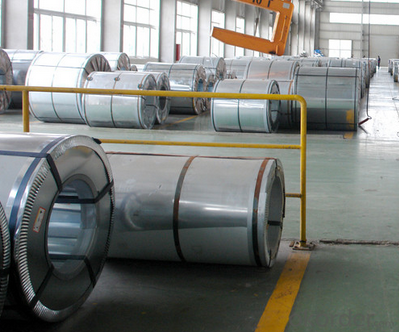
- Q: How is the thickness of a steel coil measured?
- The thickness of a steel coil is typically measured using a gauge, which is a specialized tool specifically designed for measuring the thickness of materials. The gauge is pressed against the coil, and the reading on the gauge indicates the thickness of the steel.
- Q: Steel seems to be much less expensive. What is the reason why? I've heard steel will ruin a barrel after time....is that true? But with the price difference maybe it don't matter? Is steel reliable? What are the negatives about steel I should know before buying?
- Steel is a far more common thus cheaper metal than brass which is made of copper and zinc. The steel case stays in the firing chamber so does not do a thing to the barrel. It does have a different coefficient of expansion and when the gun gets hot it could jam in the chamber more than brass. Some of the steel has a lacquer coating on it that could gum up the works. The biggest disadvantage with steel is that as it is worked it gets weaker so reloading it is not real practical as you will get a lot of blown cases and head separations. In the long run you come out ahead buying brass and reloading than you do buying steel and throwing it away.
- Q: I want to make a lap steel guitar in my wood tech class. can anyone give me a link to a video or site that has steps on how to build one.
- Steel guitars have cables attached to foot pedals to change the sound. I don't know how this would work with the top resting on your lap.
- Q: Why is the selection of steel building erector of extreme importance while starting a new steel building project?
- Steel building erectors play an important role as they are well versed with all the ups and downs of erecting a steel building and can prevent your construction project from unnecessary delays. There are lot of inexperienced steel building erectors in the market who can offer you their services at a much cheaper rate. Be cautious! It never works in the long run. A qualified steel building erector will always provide an initial professional insight of your project and cost effective solutions for your project.
- Q: What are the main steel coil producing countries?
- The main steel coil producing countries are China, Japan, India, the United States, and Russia.
- Q: How are steel coils used in the manufacturing of construction reinforcement bars?
- Steel coils are used in the manufacturing of construction reinforcement bars by being processed through a series of steps. The coils are first uncoiled and then straightened before being cut to the desired length. These cut lengths are then shaped and bent into the required reinforcement bar shape using specialized machinery. Finally, the bars are heat-treated and cooled to enhance their strength and durability. Overall, steel coils serve as the primary raw material for the production of construction reinforcement bars, providing the necessary strength and structural integrity to concrete structures.
- Q: for my engineering project I have been asked to design a method of suspending a TV of weight 14Kg from a gantry, the TV must be 5m below the gantry. My team have decided to use as a suspension method a steel cylinder of outer diameter of 10cm and an inner diameter of 8, however we now need to work out both the max stress and strain and the actual stress and strain. and help would be useful
- In most engineering calculations we have to make some assumptions about ideal behavior of a material otherwise we would not be able to simplify our equations to manageable sizes. Your steel cylinder (which I'll call a pipe) is made of a certain type of steel. That steel type has property tolerances listed in a steel manual to help you know about your steel before you begin. You'll need to know the cross-sectional area of the pipe and the weight of the TV to determine an average stress on the pipe. Obviously the weight of the TV is the force it generates. The force is its mass x gravitational acceleration. Since we typically think of steel as an elastic material, we think of it stretching like a rubber band or a spring. You pull it down with a TV and it deflects a certain amount, and will return to its original length when the TV is removed. It is typical to assume that all steel, regardless of its strength, has the same value for this elastic property. It is commonly referred to as the elastic modulus. This value will help you determine what type of strain occurs under what type of stress. So, once you have the stress, you can get the strain by using the elastic modulus. Once you have the strain you can determine the deflection based on the pipe length. Having the steel properties will help you determine how close your TV comes to stressing the pipe to its yield stress. If you reach a yield stress, your steel will deflect, but when you take the TV off it will not return to its original shape. I hope I've helped outline some of the things you'll need to do for the project, I tried not to give away specifics so that you can actually engage your brain around the project. Enjoy, learn a lot, and realize that this skill could easily turn into a career where you are designing projects that when done correctly save people's lives every day of the year.
- Q: What are the different types of steel coil handling equipment?
- Some different types of steel coil handling equipment include coil lifters, coil tongs, coil grabs, coil hooks, coil transfer cars, and coil upenders. These equipment are designed to safely lift, transport, and rotate steel coils during various industrial processes.
- Q: How are steel coils used in the manufacturing of airbags?
- Steel coils are used in the manufacturing of airbags to provide stability and structure. These coils are typically placed inside the airbag module to ensure proper deployment and inflation during a collision. The steel coils help maintain the desired shape and prevent the airbag from collapsing, allowing it to effectively protect the occupants of a vehicle in the event of a crash.
- Q: What are the disadvantages of using steel coils?
- One of the main disadvantages of using steel coils is their weight, which can make transportation and handling more challenging and costly. Additionally, steel coils are prone to corrosion if not properly coated or protected, which can negatively impact their lifespan and performance. Another downside is their limited flexibility and difficulty in shaping, which may restrict their application in certain industries. Lastly, steel coils can be expensive to produce and acquire, making them less cost-effective compared to alternative materials in some cases.
Send your message to us
Galvanized Steel Coil SGCH CNBM
- Loading Port:
- Guangzhou
- Payment Terms:
- TT OR LC
- Min Order Qty:
- 20 m.t.
- Supply Capability:
- 3000 m.t./month
OKorder Service Pledge
Quality Product, Order Online Tracking, Timely Delivery
OKorder Financial Service
Credit Rating, Credit Services, Credit Purchasing
Similar products
Hot products
Hot Searches
Related keywords
